Laikipia, Kenya
The zebra lacks a rumen and eats at least twice as much as a cow. On our modest Kenyan ranch we run several hundred head of Boran cattle. In our arid conditions, this number is carefully calculated on a stocking rate of so many beasts to the acre. If you add hundreds of zebra to the pasture you swiftly finish your grass. During this year’s drought, and the chaos beyond our boundaries, wild animals were poached and they starved. Many arrived on the farm so desperate that they smashed through walls and fences to get in to where it was safe. I let them stay.
The elephants came and went as they pleased, barging through any barrier. Huge dewlapped eland, oryx with heads like African dance masks, alien-headed hartebeest, Grant’s gazelles and Tommies with their dressage trot — even the common zebra’s cousin, the Grévy’s, with its Mickey Mouse ears and rocking-horse body. They all jumped over fences both ways. But the common zebra entered through breaks in the fences and then they never left. They bit pastures down short and this helped them see predators, so they liked that even more. Then they started dropping foals. The farm became like a vast fish trap with zebras swarming in.
I am trying to grow fodder and it is maddening to see a herd of zebra devouring short green shoots on a newly planted field of Boma Rhodes grass. Last week I walked among herds on our plains, hundreds of zebra wheeling around me like cavalry, with thundering hooves stamping up clouds of dust. The air echoed with stallions braying after their harems of mares as they moved off in choreographed waves. Here were some of the last big herds of wild mammals in the world — not in Francis Parkman Jr’s Wild West of the 1840s, with the Sioux and the buffalo, but now, on the eve of 2018. Larks and insects sang overhead. Sun glinted off the upper icefields of Mount Kenya while east of me the black whaleback of the Mathews Range rose in a cloudless sky. Truly this was paradise.
Sadly, a man has to make a living and by January our cattle will be starving if the zebra stay. In Kenya wildlife belongs to the state and not the farmer. Years ago the government allowed landowners to cull zebra at the rate of 6 per cent a year and you could sell the skins to South Africa and make something back that helped you tolerate them on your farm. The Turkana farmhands liked it too. After I saw zebra being shot, the men would happily cut up the carcasses. English farmers used to say you can use every part of a pig except its squeak. I saw the lads eat every piece of a zebra — brains, ears, hooves, and testicles. They drank the blood out of the neck while the carotid artery was still pumping. What they did not consume at the first gorging was sliced into strips and dried as biltong on trees hung so heavily with red bunting of flesh you could not see the leaves on the branches. Within a day, only the tail was left. Zebra meat is not so bad. An old neighbour marinaded the fillet and called it ‘bush Friesian’. But eat the liver and people can smell you a mile upwind.
Zebra culling was then outlawed. If the world wants wildlife on African farms, there has to be a benefit. Try telling a smallholder to love elephants when his maize has been flattened and his kids are charged on the way to school. Since killing zebra is off the menu, in the past week we have been attempting to chase them out of the farm. This is very difficult.
Every day we start before dawn, when zebras in the car headlights bear a striking resemblance to Tove Jansson’s Moomins. At first we cut down sections of fence near a boundary corner, disguising posts behind tree branches. Then we get behind the herds and form a long line, like beaters in a partridge shoot, banging pans as we advance. We push the zebras towards the corner, and time after time, as they cluster, they suddenly break back, stampeding between men standing quite close by, kicking, nostrils flaring, eyes rolling, braying.
One day during a drive a lionness appeared. I expected her to help us and pounce on a zebra. She took one look at the scene and fled. Back and forth we go each day in an endless dusty carousel under the sun. I think we have managed to expel 60 animals so far with hundreds still to go. As I write this, after nightfall, I can hear them out there braying in the valley. I am hoping the lioness has returned in the darkness to hunt undisturbed.
Got something to add? Join the discussion and comment below.
Get 10 issues for just $10
Subscribe to The Spectator Australia today for the next 10 magazine issues, plus full online access, for just $10.
You might disagree with half of it, but you’ll enjoy reading all of it. Try your first month for free, then just $2 a week for the remainder of your first year.


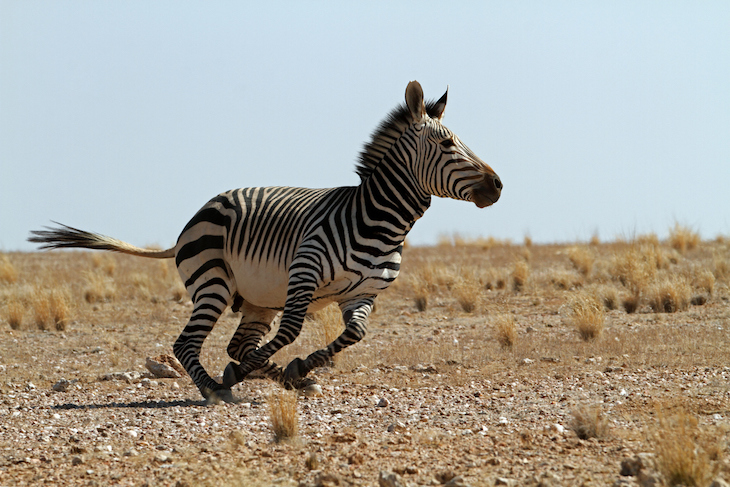
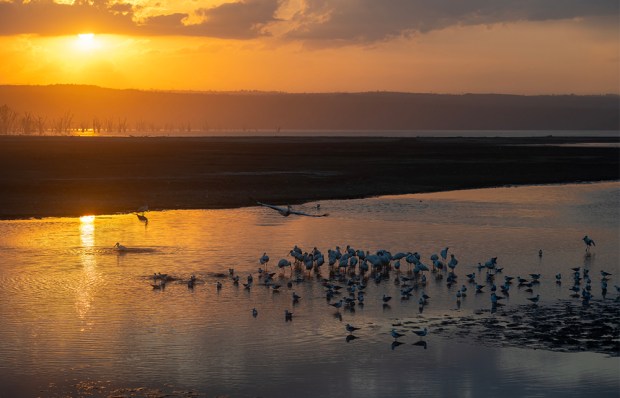
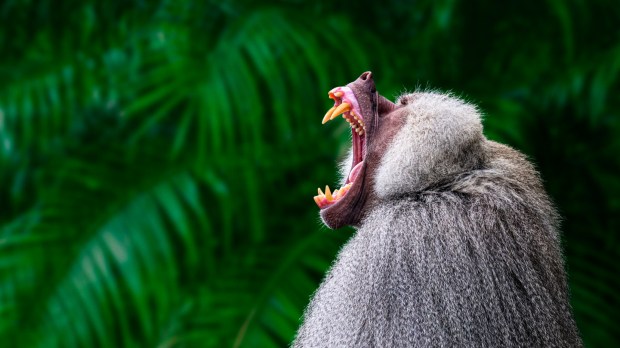
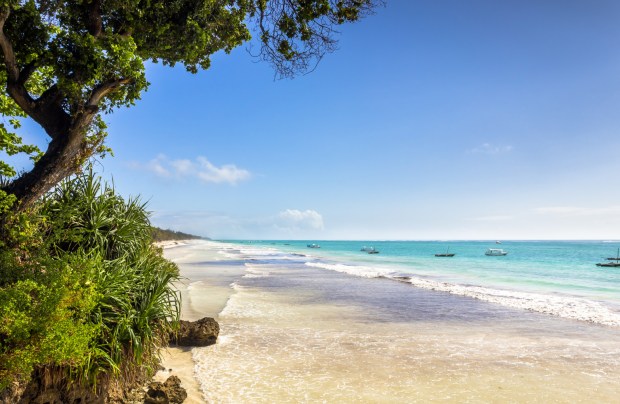
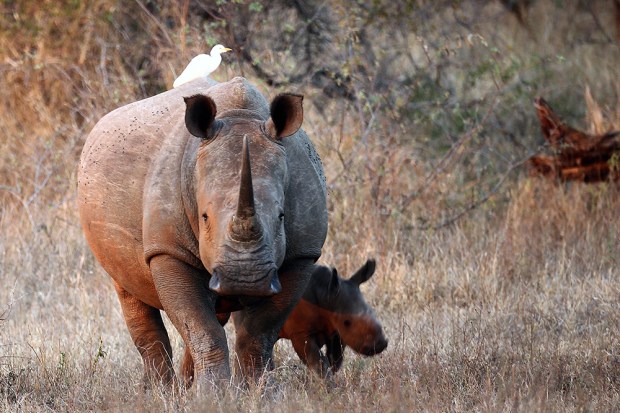
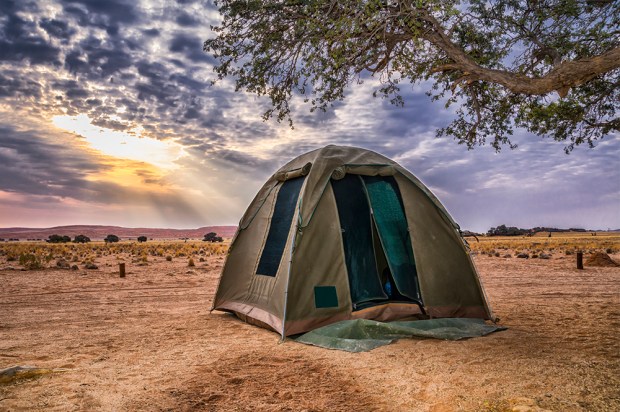
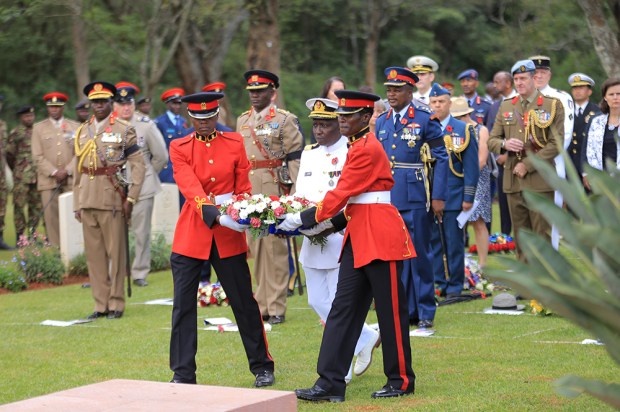






Comments
Don't miss out
Join the conversation with other Spectator Australia readers. Subscribe to leave a comment.
SUBSCRIBEAlready a subscriber? Log in